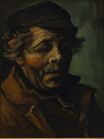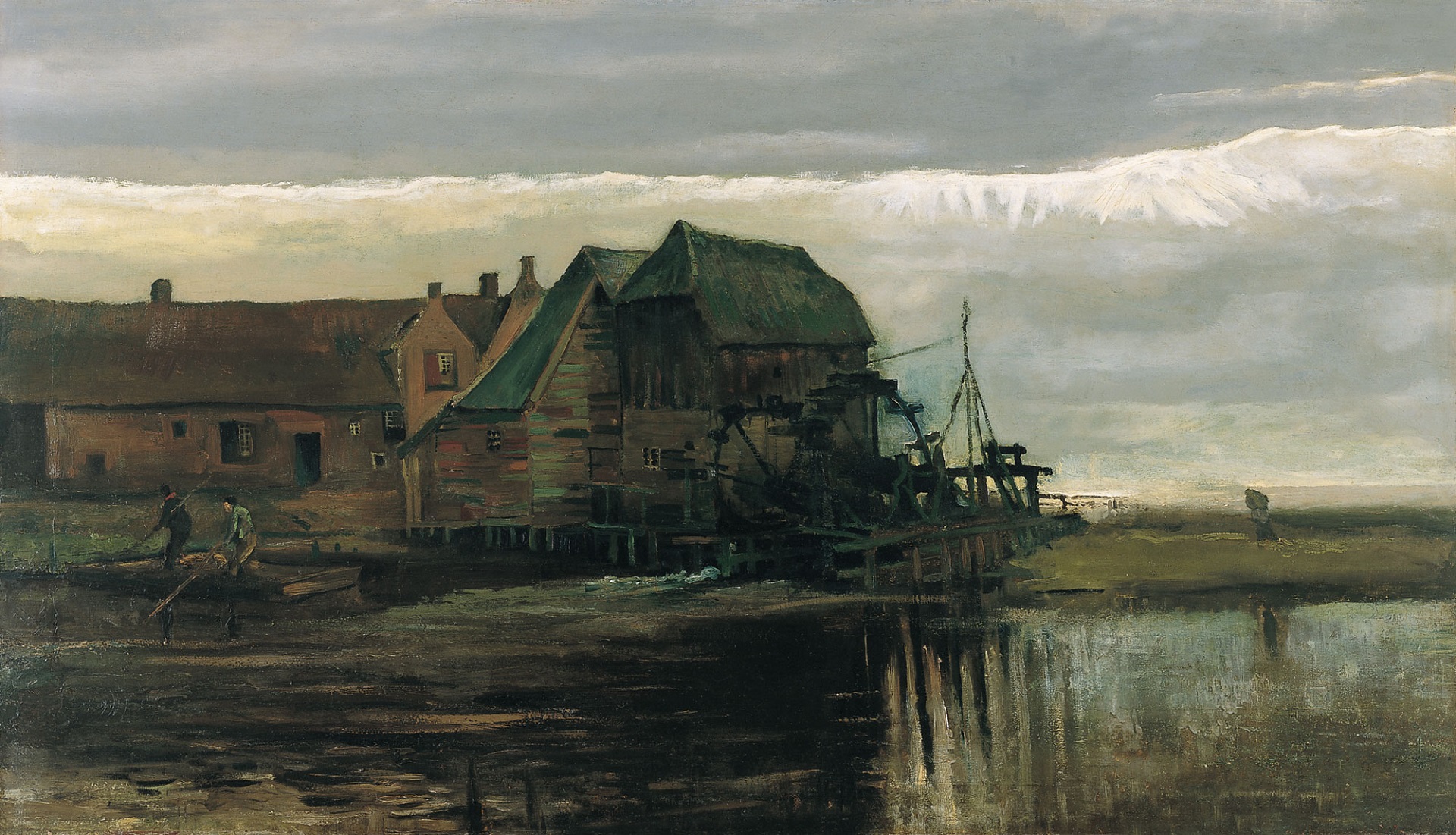Винсент Ван Гог - Водяная мельница в Геннеп 1884
 |
 |
 |
 |
 |
 |
 |

Водяная мельница в Геннеп 1884
85x151см холст/масло
Madrid, Museo Thyssen-Bornemisza
<< Previous G a l l e r y Next >>
From Madrid, Museo Thyssen-Bornemisza:
During his time in Neunen between 1883 and 1885 Van Gogh focused on a study of rural life in the Brabant region. He also executed a number of landscapes that clearly reveal the influence of 17th–century Dutch painting and the Barbizon School. Watermill at Gennep is one of those works. Its large format and the fact that it was entirely painted outdoors in the cold month of November 1884 represented a challenge to the painter. The emphasis on backlighting recalls the work of Jules Dupré and suggests deliberate imitation of his style, together with that of Daubigny, who had exhibited a 2 x 1 metre canvas at the 1864 Salon that had also been painted outdoors. However, there are also marked differences between the two artists. In contrast to Daubigny’s tonal painting, Van Gogh here tries out pure touches of colour for the first time, bringing him closer to Impressionism and heralding his mature style.